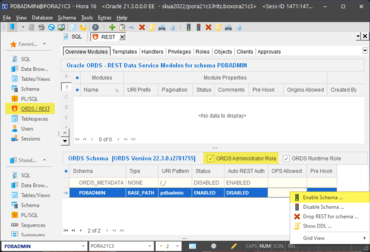Fornecedor oficial
Como distribuidores oficiais e autorizados, nós fornecemos licenças legítimas diretamente de mais de 200 editores de software.
Ver todas as nossas marcas.

Ferramentas intuitivas de banco de dados Oracle.
Chat ao vivo com nossos especialistas de licenciamento de KeepTool.